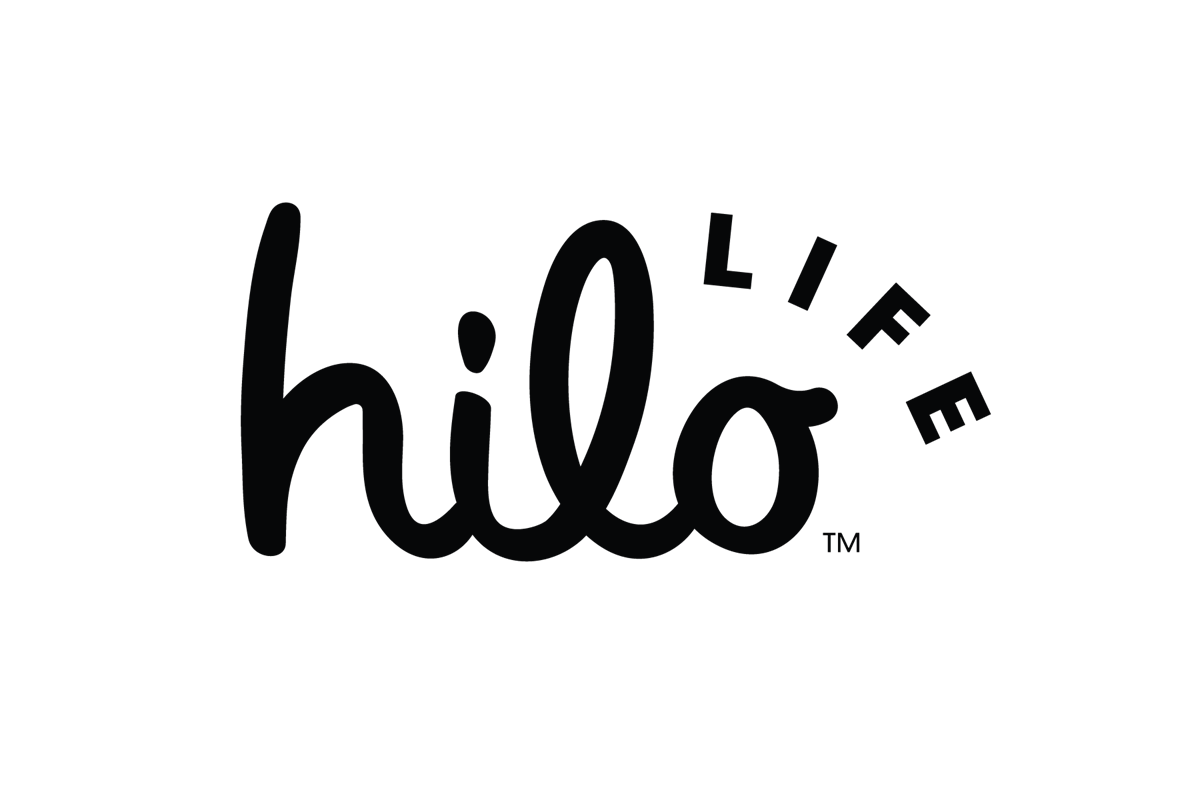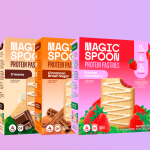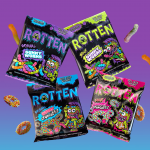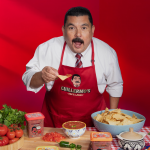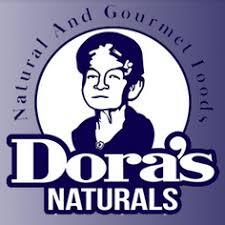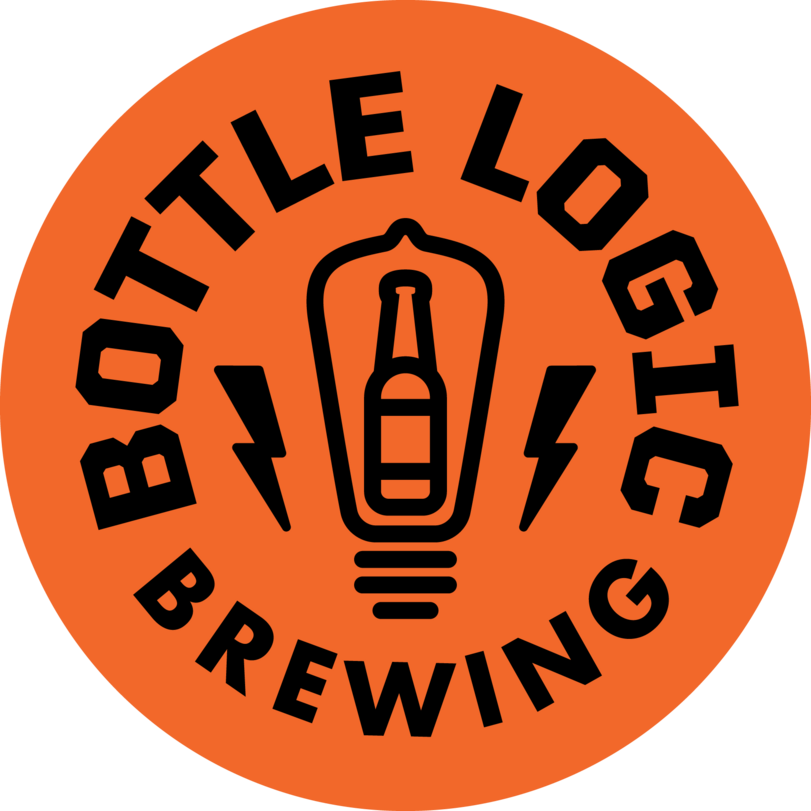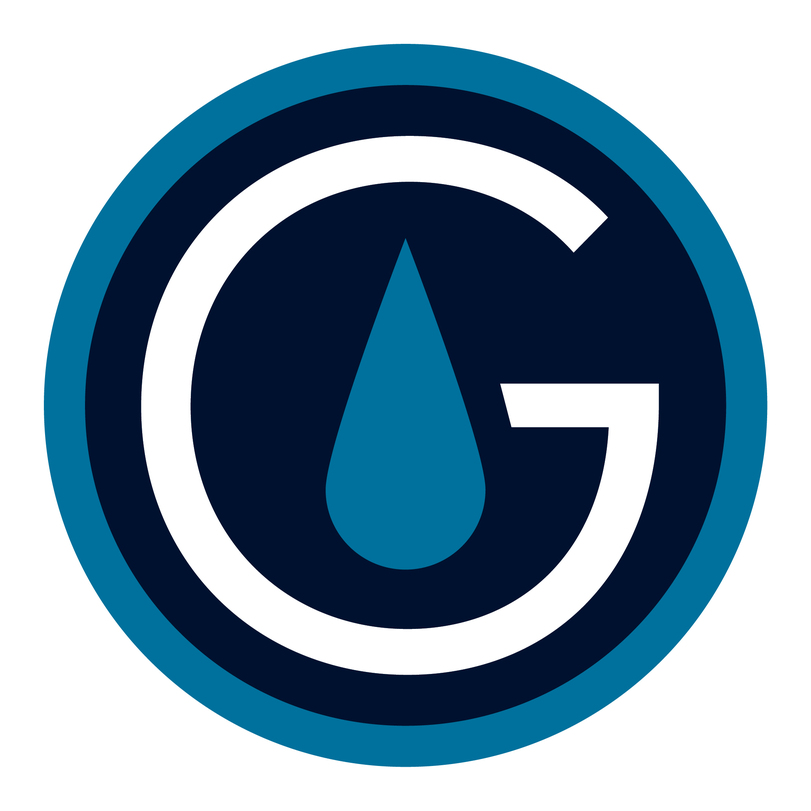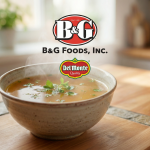PepsiCo Expands Hilo as The Hive Speeds Up Innovation

Though Cheetos, Doritos and Gatorade are a big part of PepsiCo’s billion dollar foundation, the global snack and beverage company has shown through various approaches that it believes there’s a need to also focus on nascent categories.
The company has spent the last two years retooling The Hive, its latest emerging brands division. Now Hilo Life, the first brand to emerge from the incubator, is ready to spread its wings, moving into brick and mortar retail and, this week, launching new products.
Perhaps more significant than the launch is the change in direction for The Hive, falls under Hannah Brooks, an SVP in charge of innovation and transformation. Formed in August 2018, The Hive was initially set up to hold all of PepsiCo’s smaller existing brands, such as Maker Oats and Stubborn Soda, as well as acquire and nurture acquisitions. In October of 2018 the group made its first transaction, acquiring bar brand Health Warrior.
But PepsiCo soon realized this approach wasn’t working and decided to pivot to developing brands internally. The company sold Maker Oats to its founders, and moved Stubborn Soda under the beverage group and Health Warrior under the Quaker division. The Hive, now, instead incubates its own brands, which are initially developed by a newly launched quick cycle innovation (QCI) team. The goal, Brooks said, with the goal of looking for pockets of growth and unmet consumer needs.
“Rather than force fitting brands that we had…[we wanted to] look at the data, see where the growth is and then find the best way at it,” said Hannah Brooks, the senior PepsiCo executive who oversees The Hive. “[We’re] trying to mirror how small brands may approach these fast-growth, emerging spaces… really thinking about what the consumer wants and making that come through in an authentic way.”
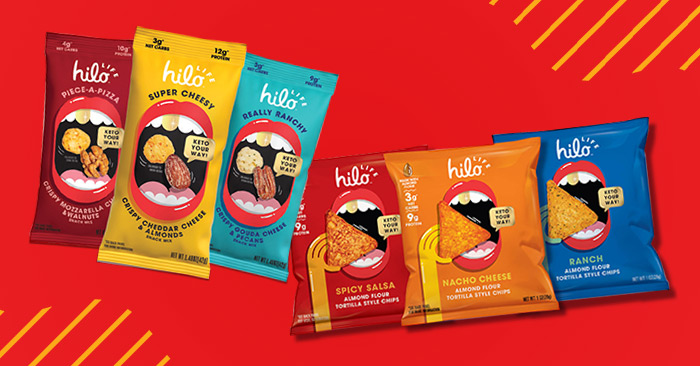
The first brand to launch under the Hive was Hilo Life, a keto-focused nut and dried cheese snack mix, in late 2019. Initially sold exclusively online, Hilo Life has had a “measured” approach to growth, Brooks said, only adding a third flavor of its mix in 2020. This year the brand moved into retail, landing on shelves in Sprouts Farmers Market, Hy-Vee, Inc. and Woodman’s Market, and this week launched online a line of almond flour-based tortilla chips in Spicy Salsa, Ranch and Nacho Cheese.
The quick cycle innovation team has used what it calls a “3D” process for Hilo Life, Brooks said, that is: data, design and digital. The group first examines online data looking for potential opportunities. With Hilo Life, the key was learning that consumers who search for nut-based snacks also search for cheese-based snacks, and vice versa, but there was no shelf-stable product with both ingredients in it. Once the concept is determined, the PepsiCo design team crafts packaging for the brand, which is tested online, a process that may occur before the actual product even exists.
It’s taken time to develop the QCI strategy, with mistakes along the way, but Brooks said it has worked. Products from The Hive now come to market in under 200 days, an improvement from the 24 to 36 months it can take a larger brand to launch new innovation, she said.
Still, PepsiCo is taking the same “measured” approach to adopting the process company-wide, Brooks said. In the meantime, The Hive itself will now accelerate its own launches, with plans to debut two more brands this year, one of which is a dried vegetable snack called Good Notes, along with two more Hilo Life brand extensions. While there are no beverage products as part of The Hive currently, Brooks said, every brand is developed with the potential to grow into that category as well.
It can be easy to wonder if PepsiCo will view these brands as “successful” if they aren’t ultimately the next Dorito, but Brooks says that’s okay too. The goal, she said, is that within each category the brands are “incredibly loved and relevant.”
“There are rooms for both types of brands in the PepsiCo portfolio,” Brooks said. “As you think about the overall mission of creating brands that consumers love across all occasions, we’re going to always want to have the billion dollar brands, but we’re going to want to have smaller brands as well that go after different consumer occasions and needs.”
